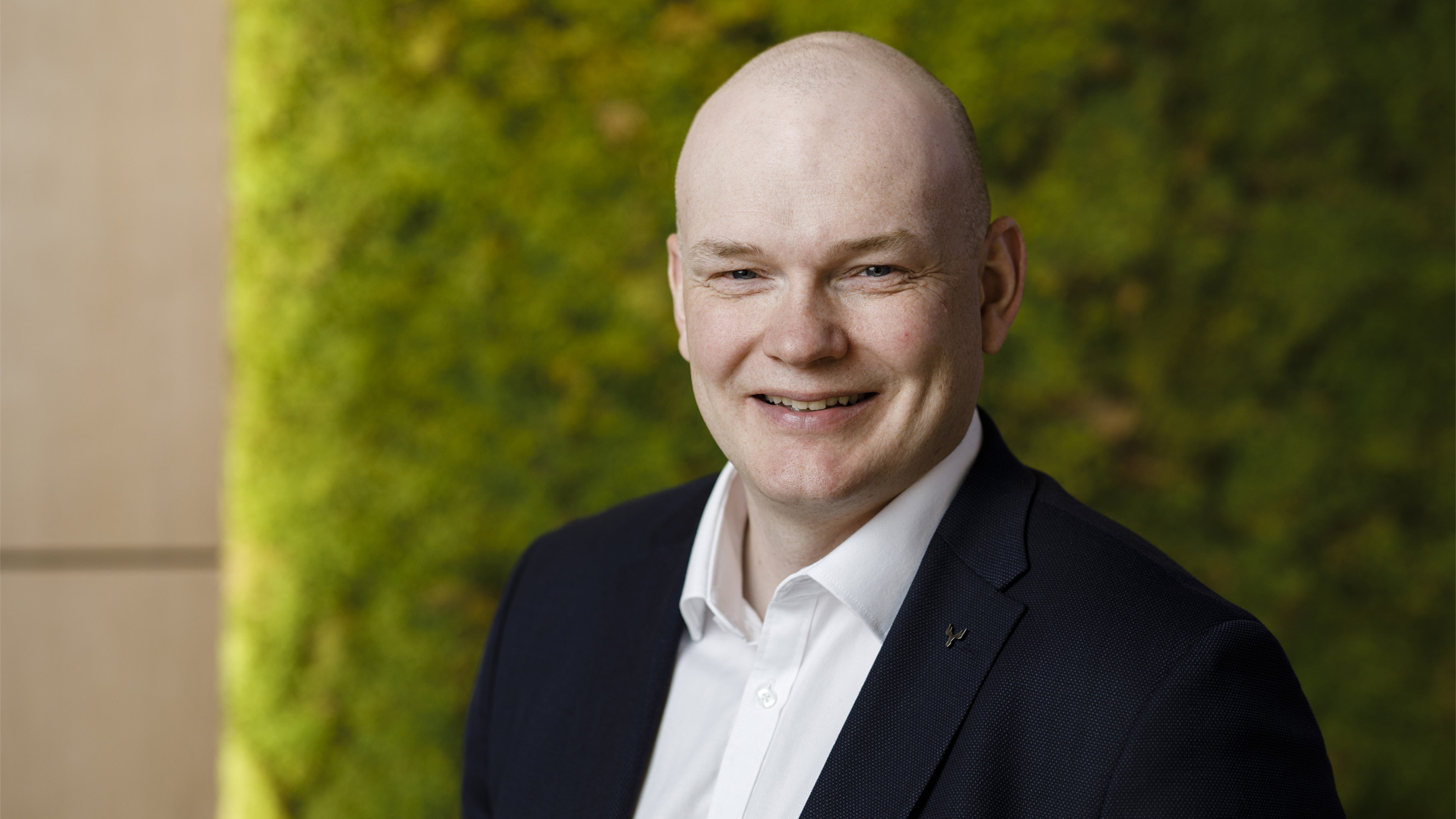In terms of logistics, the project is now approaching the first major milestones, with the Sahansaari electrified private track being deployed and the port warehouse in Ajos being completed at the turn of the year. The construction of the Kemi bioproduct mill of Metsä Fibre, part of Metsä Group, has progressed according to plan and on schedule.
Pasi Pulkkinen’s work includes planning and implementing logistics for the mill’s incoming traffic, on-site traffic and the transport of end products to the Port of Ajos 15 kilometres away. At the moment, he is working on the finalisation of the rail infrastructure and its deployment this week.
The Finnish Transport Infrastructure Agency has built an additional track north of the Kemi railway yard, which continues as the Sahansaari private track constructed by Metsä Fibre. It will enable the smooth and safe transport of raw wood to the new bioproduct mill. As soon as the rail connection is deployed, rail transport to the operating mill will transfer to the new electrified private track. Two thirds of the raw wood needed by the bioproduct mill, to be completed in the third quarter of 2023, will arrive by rail, meaning around nine trains per day. A single train transports approximately 1,800 cubic metres of raw wood, which is equivalent to around 33 truckloads. In addition to trains, raw wood needed by the new mill will be transported by road along the renewed Sahansaarenkatu, whose renovation was handled by the City of Kemi.
“The completion of the private track is a real highlight of my work. I am especially proud about being able to participate in this industrial project that is very significant from a Finnish perspective. The solutions whose implementation I have been responsible for will also show at the mill and in its infrastructure,” says Pulkkinen.
The year-end completion of the port warehouse in Ajos, covering 37,000 square metres, is another important logistics project.
Pulkkinen considers the electrification of lorry traffic between the Port of Ajos and the bioproduct mill a very potential solution in the next few years.
“The distance between the mill and port is quite short, and vehicle traffic along the route is regular and predictable. The new mill has been built to enable the deployment of an efficient charging infrastructure for heavy-duty transport catering to lorries. Such a comprehensive solution is not available in many places. Lorry and charging technology continues to develop, and solutions suitable for this mode of transport will hopefully become available in the very near future.”
The bioproduct mill site’s workforce has now exceeded three thousand. Work on the site is progressing at the pace set by the installation work.
“Safety is an important consideration, and in my experience, nearly all our meetings begin with a review of safety matters and observations improving safety. Each of us can improve safety through our own example, starting with our trip from home to the site.”
The meticulous planning and implementation of logistics ensures smooth traffic to the operating mill, as well as the incoming and outgoing material flows.
“We all aim for the mill’s production to start as scheduled. To achieve this goal, we must ensure that work in all areas is carried out according to the project’s overall schedule and in good cooperation among different parties. A large project means dealing with numerous people, matters and situations that call for quick reaction and decision making.”
According to Pulkkinen, this requires various leadership skills, the ability to tolerate stress and consider various aspects, as well as the capacity to learn new things.
“I try to anticipate and plan everything really well to minimise surprises or changes. Cooperation, coordination and, most importantly, communication among contractors play an extremely important role. They enable the contractors’ work to progress systematically. I have also worked closely with other parties such as the City of Kemi, the Port of Kemi and the Finnish Transport Infrastructure Agency to ensure that projects indirectly related to the bioproduct mill project also progress in line with our schedule. This cooperation has been good and successful,” says Pulkkinen.

